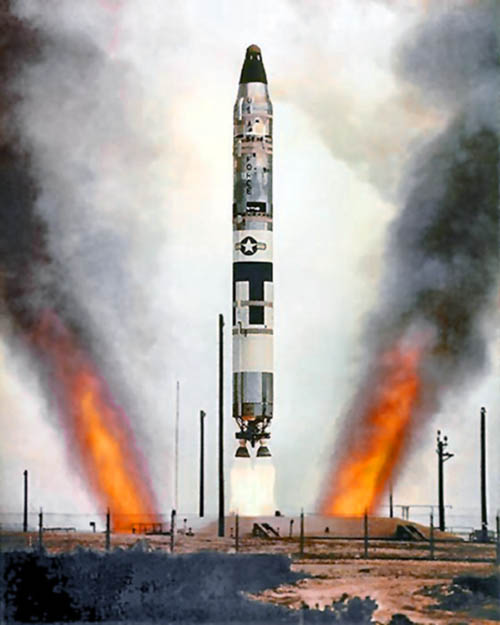At around six in the evening last night in the UK, as the British public got ready for a Saturday night in front of the telly, there was a rocket launched that heralded the future for space flight in the twenty-first century. This is a rather ambiguous sentence, I have to admit. The rocket actually took off 5,190 miles from the United Kingdom at Vandenberg Air Force Base, California. The rocket was the Falcon 9 engine, flagship rocket for SpaceX, the Californian Space Exploration company headed by Elon Musk. It was releasing ten Iridium satellites, which will be providing worldwide satellite phone coverage. The stakes were high: just nine months ago, the SpaceX rocket had exploded on the launch pad during pre-flight tests, costing the company $62 million of rocket and the Israeli government around $200 million of satellite. The launch went swimmingly: not only were all the satellites successfully deployed, but the first stage of the rocket landed on a launch pad floating in the middle of the ocean, proving SpaceX had managed to develop the technology that allowed them to re-use stages of the rocket, which will bring the cost of space travel down in the future both to manufacturers and the planet. Elon Musk tweeted this in celebration:
But this isn’t a post about SpaceX, their Falcon 9 rocket, or their rather ambitious plans for inter-planetary transport, although all of those are quite interesting. This is a story about the Vandenberg Air Force Base, where this rocket of the future took off from.
Vandenberg lies on the Pacific coast of California, with stunning shots of the sea framing the sight of the SpaceX rocket launching into the cosmos. It belongs to the US Military, who lease out ‘launch-pad facilities’ to SpaceX, as well as 100 acres to the California Spaceport. It’s a two and a half hour drive from LA and a four hour drive from San Francisco. Surrounded by the dry heat of California, it’s something of an imposing place.

Built in 1941 for training infantry forces, it suddenly found itself being placed at the forefront of the Cold War in 1957. Over two years, concrete flooded into the base as it was transformed into one of the United States’ principle nuclear missile bases on the Western sea board. Following the Soviet launch of Sputnik I, the famous satellite that proved the USSR could launch a nuclear warhead from their own soil that could hit any US city, expansion of the base accelerated. It is from this period that some of the most terrifying yet impressive pictures of America’s nuclear arsenal emerge. Perhaps the most terrifying of all of these was the Titan II, above. Compared to the slender build of the rockets that would follow it, the Titan II was as destructive as its namesake, the titans of Greek mythology who consumed their own children to protect themselves.
Yet this destructive beginning has been contrasted with its pivotal role in the American Space Programme. In 1959, the first polar orbiting satellite (that’s a satellite that orbits both poles, apparently), Discoverer I, was launched from Vandenberg and it has continued to be the centre for launching polar satellites throughout its history. Vandenberg has seen a wide range of rockets take off from its launch pads to deliver satellites into orbit around the earth. That’s included the famous Atlas V and the Delta IV, as well as discussions for the Space Shuttle to be launched from there. After spending $4bn on preparing Vandenberg to have a space shuttle take off, there was no actual launch and the Shuttle took off from Kennedy Space Centre on Cape Canaveral. Expensive mistake.
This brings us up to yesterday, which saw the SpaceX Falcon rocket soar above the Vandenberg Air Force Base. Elon Musk’s company intends on making six additional launches from the air base over the next fourteen months. With more and more successful launches, SpaceX is going to have a long line of governments and businesses lining up to have satellites placed into orbit. Meanwhile their part dream like, part reality plans for trips to Mars continue to attract the public imagination. Whether those will be from Vandenberg or not we will only find out.
I’m not writing so many words on this air force base because I’m fascinated by the history of the American nuclear missile programme. Vandenberg is a huge concrete symbol of the twentieth century. Contained within its vast launch pads and its giant missile solos are two stories of both humanity’s ability to be both fascinated and disgusted by what lies beyond the horizon. It is a story of our wonder and our hatred. It is an image of both our wish to explore and our wish to kill. In spite of the inhumane gantries, twisting towers, and gnarled concrete, it seems overwhelmingly human.
